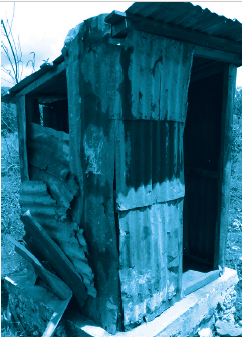
Critical Points Affecting Pit Filling Rates in Emergency Settings
Pit filling rate is a complicated phenomena and many factors can contribute to it. It is difficult to predict the exact reasons for any overflowing pit. In emergency, pits latrines often fill faster than anticipated. In such case, they become a health risk and occupational hazard. They also cause increased workload in terms of maintenance and emptying and transportation of sludge.
If the latrine pits in the camp are filling quicker than you anticipated, you can use this checklist to understand what can be behind it.
Critical Points Affecting Pit Filling Rates in Emergency Settings
Pit filling rate is a complicated phenomena and many factors can contribute to it. It is difficult to predict the exact reasons for any overflowing pit. In emergency, pits latrines often fill faster than anticipated. In such case, they become a health risk and occupational hazard. They also cause increased workload in terms of maintenance and emptying and transportation of sludge.
If the latrine pits in the camp are filling quicker than you anticipated, you can use this checklist to understand what can be behind it.
Format:
Adobe PDF
Select a language
Need help?
Can’t find what you need? Have more questions about a topic? Need advice on how to use a resource? Chat with a CAWST advisor.
Contact usAbout CAWST
CAWST is a Canadian charity and licensed engineering firm. We address the global need for safe drinking water and sanitation by building local knowledge and skills on household solutions people can implement themselves.